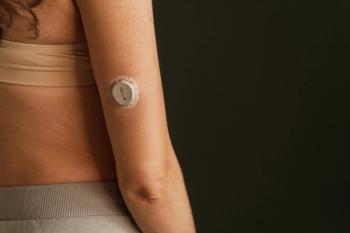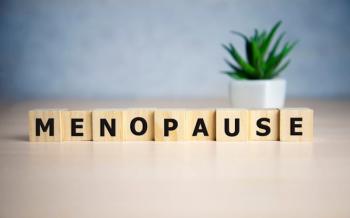
- 2022 OTC Guide
Caffeine and Chocolate Consumption May Trigger Migraines
Consuming caffine and chocolate may trigger attacks among a significant proportion of young adults with migraines, according to the results of a study published in Cureus.1
The research, conducted among female students and employees of King Saud bin Abdulaziz University for Health Sciences (KSAU-HS) in Jeddah, Saudi Arabia, sought to evaluate an association between migraines and the food served on campus.
The authors noted that lifestyle-related factors can significantly increase the chance of developing migraines, as some constituents of food may induce the release of vasoactive substances that cause blood vessels to dilate and result in migraines.
They also noted that recent changes in the dietary habits of the cohort, trending toward consumption of coffee and other tyramine-rich foods, have had a negative impact on productivity because of a greater frequency of migraine attacks.
The prevalence of migraines in Saudi Arabia is 26.9%, with a male-to-female ratio of 1:2.9, according to the study authors.
The investigators used 2 questionnaires, the first of which surveyed participants about the characteristics of their headaches. Those who met the International Classification of Headache Disorders (ICDH-III) criteria for migraines were given a second questionnaire to analyze the characteristics of their migraines as well as aggravating factors related to diet and lifestyle.
The survey population included 352 students and 58 faculty members. Results showed that 165 out of 410 (40.24%) achieved the criteria for migraines. Of those 165, 7.8% of participants reported a significant association between caffeine and headaches, and 2 (2.2%) reported an association between chocolate and headaches.
The results showed a higher incidence of migraine among university employees (48.28%) than students (38.92%), which the authors said may be attributable to increased responsibilities and work-related stressors.
The only foods reported to trigger migraines were chocolate and caffeinated beverages, with approximately 10% of participants indicating a link between caffeine and chocolate consumption. Only 2.2% of participants indicated that chocolate triggered a headache, whereas 7.8% indicated that caffeine caused their headaches. There was no association observed between migraine attacks and citrus fruits, pickles, cheese, or other dairy products.
“Migraine may represent underrated social and economic burdens entailing absenteeism, excessive medical costs, and impaired quality of life,” the authors wrote, concluding that “the recent shift in dietary habits in our community... [toward] excessive consumption of coffee and other tyramine-rich food items has negative consequences on productivity and the economy. Our results can be conceivably extrapolated to reflect the effect of dietary habits on other streams of society, including companies, firms, schools, and workplaces that are consumed by the new dietary trends,” they concluded.
Reference
Aladdin YS, Alsharif R, Mattar W, et al. Migraine prevalence and analysis of dietary habits in relation to headache in the female population: a single-center study from Jeddah, Saudi Arabia. Cureus. 2022;14(5):e24848. doi:10.7759/ cureus.24848
Articles in this issue
over 3 years ago
Pharmacy Clinical Pearl: Geographic Tongueover 3 years ago
Pharmacy Times is Leading the Wayover 3 years ago
26 Years Strongover 3 years ago
Gastroesophageal Reflux Diseaseover 3 years ago
Help Patients Manage Cold and Flu Symptomsover 3 years ago
Pharmacy Clinical Pearl: Cold SoresNewsletter
Stay informed on drug updates, treatment guidelines, and pharmacy practice trends—subscribe to Pharmacy Times for weekly clinical insights.

















































































































































































































